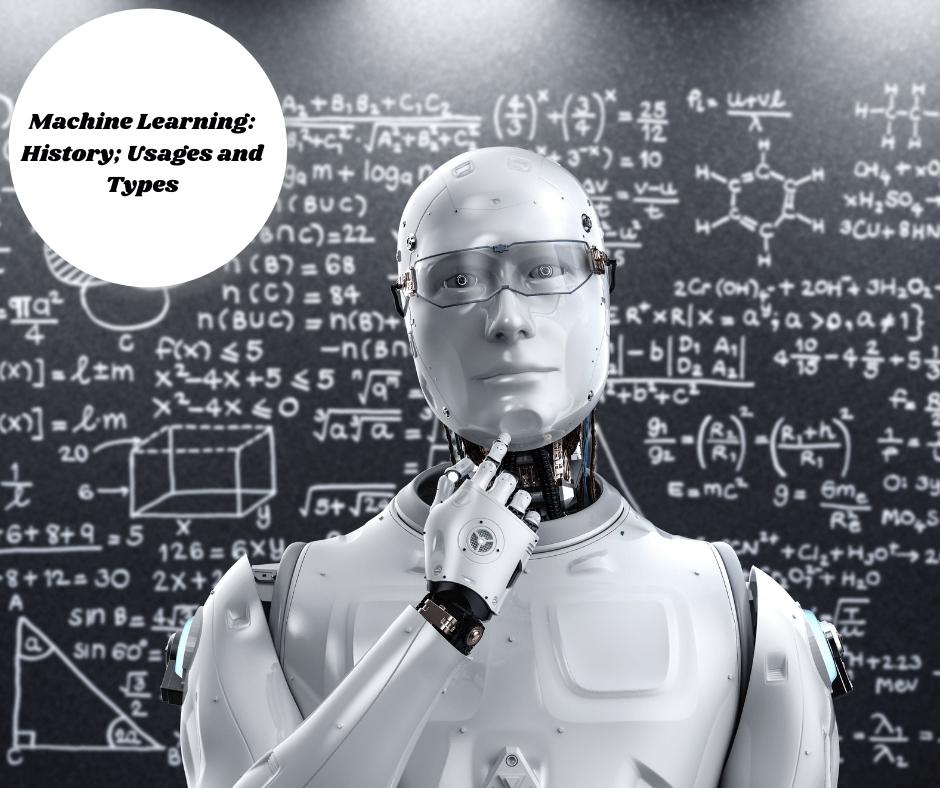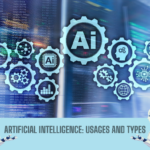Machine learning is a fascinating subfield of artificial intelligence that focuses on the development and study of statistical algorithms. These algorithms have the unique ability to learn from data and generalize to unseen data, allowing them to perform tasks without explicit instructions. A key feature of machine learning is its capacity to enable machines to learn, grow, and adapt autonomously when exposed to new data, without the need for explicit programming. This self-learning capability sets it apart and makes it an integral part of the broader field of artificial intelligence.
Machine learning finds application in various domains and has the potential to revolutionize the way we interact with technology. Some notable examples of machine learning applications include facial recognition, system recommendations, email automation and spam filtering, data visualization, search engine optimization, social media optimization, healthcare advancements, mobile voice to text and predictive text, as well as predictive analytics. These applications showcase the diverse and impactful nature of machine learning in our modern world.

History of Machine Learning
The history of Machine Learning (ML) is rooted in artificial intelligence, statistics, and computer science. The concept of machines learning from data and improving over time has been developed over several decades through theoretical advances and practical applications.
1. Early Foundations (1940s–1950s)
The early concepts of machine learning can be traced back to the foundations of artificial intelligence (AI) and early computational theory.
2. The Birth of AI and Machine Learning (1950s–1970s)
During this period, the focus shifted towards creating algorithms that could learn from data.
3. The Rise of Statistical Learning (1970s–1990s)
During the 1970s and 1980s, machine learning moved towards statistical methods.
4. Modern Machine Learning and Big Data Era (2000s–Present)
The 2000s saw a resurgence in interest in machine learning, driven largely by the explosion of data and advances in computational power.
Machine learning continues to grow quickly and will have a significant impact on many different fields in the future of technology, including healthcare, finance, robotics, and autonomous systems.
Why use machine learning?
Machine learning (ML) offers a range of benefits for solving complex problems and automating tasks across various industries:
1. Handling Large Volumes of Data
– Scalability: ML processes vast amounts of data for analysis, especially in the era of big data.
– Real-time processing: ML models can be used in real-time systems for continuous learning and adaptation.
2. Automation and Efficiency
– Automating repetitive tasks: ML automates time-consuming tasks and reduces labor costs.
– Improved Accuracy and Decision-Making: ML excels at finding patterns in data for accurate predictions and data-driven decisions.
3. Personalization
– Tailored user experiences: ML is used in recommendation systems and targeted marketing for personalized content and ads.
4. Adaptability and Learning from Experience
– Continuous improvement: ML models improve over time and adapt to changing trends.
5. Solving Complex Problems
– Complex pattern recognition: ML excels at solving complex problems and handling multi-dimensional data.
6. Predictive Analytics
– Forecasting: ML models predict future events based on historical data and assess risks.
7. Handling Unstructured Data
– ML techniques are effective at processing unstructured data like text, images, and audio.
8. Innovation in AI-driven Applications
– ML is used in self-driving cars, healthcare innovations, and robotics for learning and adaptation.
9. Innovation in AI-Driven Applications
– Self-driving cars: Machine learning enables autonomous vehicles to learn and improve driving performance over time.
– Healthcare innovations: ML tailors treatment plans for individual patients by analyzing their genetic data and medical history.
– Robotics and automation: ML enhances robots’ capabilities and allows them to adapt to new tasks.
10. Competitive Advantage
– Business innovation: Integrating machine learning improves customer experiences, optimizes operations, and speeds up product and service innovation.
– Staying relevant: In finance, healthcare, and technology, adopting machine learning is necessary to stay competitive and avoid falling behind market trends.
Types of machine learning
There are five types of machine learning
1. Supervised machine learning:
The most prevalent kind of machine learning is supervised learning. It trains algorithms to anticipate results and spot patterns using labeled datasets. In supervised learning, a model is trained on a “labelled dataset,” which contains both input and output parameters. Algorithms are trained to map input points to the appropriate outputs. It involves both training and validation datasets that are labeled. Examples of supervised learning applications include image and speech recognition, recommendation systems, and fraud detection.
2. Unsupervised machine learning:
Machine learning that learns from data without human supervision is known as unsupervised learning. It involves learning patterns from unlabeled data without explicit instructions. Unlike supervised learning, it doesn’t have predefined outputs, so it seeks to find hidden structures or groupings in the data. Common techniques include clustering (e.g., K-means) and dimensionality reduction (e.g., PCA). Applications of unsupervised learning include anomaly detection, customer segmentation, recommendation engines, and clustering.
3. Self-supervised machine learning:
Self-supervised machine learning is a type of learning where a model generates its own labels from the data, allowing it to learn without requiring large amounts of manually labeled data. It works by using part of the data to predict the remaining parts, such as predicting missing words in a sentence or generating the next frame in a video. This approach is particularly useful in natural language processing (e.g., BERT, GPT) and computer vision. Self-supervised learning bridges the gap between supervised and unsupervised learning by creating supervisory signals from the data itself. It enables models to learn representations more efficiently and has shown great success in improving the performance of various AI systems.
4. Semi-supervised learning:
Semi-supervised learning combines a small amount of labeled data with a large amount of unlabeled data to train a model. It leverages the labeled data to guide learning, while the unlabeled data helps improve generalization and performance. This approach is useful in situations where obtaining labeled data is expensive or time-consuming, such as in image classification or medical diagnosis. Examples of semi-supervised learning applications include speech recognition, web content classification, and data text mining.
5. Reinforcement learning:
An agent learns to make decisions through interactions with its environment and feedback in the form of rewards or penalties. This sort of machine learning is known as reinforcement learning (RL). The goal is to maximize cumulative rewards over time by taking actions that lead to desirable outcomes. RL involves exploring different strategies and learning from trial and error, improving its policy based on experience. It is widely used in applications like robotics, game playing (e.g., AlphaGo), and autonomous systems. Unlike supervised learning, RL doesn’t rely on labeled data but instead learns by continuously adapting to feedback from the environment. Examples of reinforcement learning applications include robotics, video game playing, and health care automated medical diagnosis.
Machine learning is used because it enables more efficient, accurate, and scalable solutions to problems that traditional methods struggle with. Its ability to learn from data, continuously improve, and process large, complex datasets makes it indispensable in modern industries, ranging from healthcare and finance to entertainment and retail.




